SpaceX Hopes to Eventually Build One Starship Per Day at Its Texas 'Starfactory'
Read more of this story at Slashdot.
Read more of this story at Slashdot.
S’il y a bien un événement qu’il fallait suivre, c’était l’Indie FPS Summer Showcase de ZlimBratSki, un youtuber spécialiste des FPS. Pour l’occasion, la rédaction a mis en place un dispositif exceptionnel : un restream commenté. En plus, on a eu la visite surprise d’un ancien rédacteur, et non des moindres, puisqu’il s’agit de notre très estimé Rutabaga.
Mais on va quand même vous faire un récap des jeux les plus intéressants, car il y en avait une sacrée palanquée. On ne va pas vous faire une description détaillée, comme pour les autres articles, car ce serait trop long. Alors voici un tableau !
Retrouvez la liste de tous les événements du Non-E3 dans notre super guide NoFrag !
| Titre | Description | Vidéo | Lien | Démo |
|---|---|---|---|---|
| Acheron | Quake-like, semble viscéral. | Trailer | Steam | oui |
| Aquametsis | Immersive sim, démo Steam dispo. Très indé, mais intéressant. | Trailer | Steam | oui |
| Ashes Hard Reset | Trailer de sortie pour le 10 juin. Total conversion DOOM II. Très attendu par la communauté. | Trailer | jeu complet gratuit | |
| Athanasia | Immersive sim, démo Steam dispo. Très cool. | Trailer | Steam | oui |
| Bad Blood 1926 | Rétro-FPS avec une DA noir et blanc, démo dispo. Des doutes sur le feeling. | Trailer | Steam | oui |
| Bloodthief | Fast-First Person Slasher / speedrun. Fait penser à Warstride Challanges, mais avec une épée. | Trailer | Steam | playtest |
| Brutal John | Des vibes de Duke Nukem, démo dispo. Plutôt pas mal. | Trailer | Steam | oui |
| Captain Wayne | Rétro-FPS ultra nerveux, du gameplay des nouveaux niveaux. | Trailer | Steam | oui |
| ColdVR | VR : SUPERHOT à l’envers : les ennemis ne bougent que quand vous êtes statique. Pourquoi pas ? | Trailer | Steam | oui |
| Coven | Rétro-FPS, sortie de l’épisode 1 Q4 2024. Bon feeling, et on peut manger les cadavres. | Trailer | Steam | oui |
| CRUEL | Rétro-FPS très nerveux dev sous godot, sortie cet été. Ça a l’air super. | Steam | oui | |
| Cryptis | Rétro-FPS gratuit sur Steam. Ça a l’air cool. | Trailer | Steam | jeu complet gratuit |
| Darkenstein 3D | Rétro-FPS sympa, inspiré de Wolf 3D et consorts, démo sur Steam. Très sympa. | Trailer | Steam | oui |
| Dishop | Compilation d’assets Unreal, version cyberpunk. | Trailer | Site officiel | non |
| Exophobia | Rétro-FPS, sortie prévue le 23 juillet. Une DA sympa. | Trailer | Steam | oui |
| FLAW | Quake-like. Pourquoi pas ? | Trailer | Steam | oui |
| Fortune’s Run | Une grosse mise à jour est arrivée pour ce fast-FPS simili immersive sim. | Trailer | Steam | non |
| HEARTRENDER | Immersive sim déjanté. Tenez vous bien quand même avant de lancer le trailer. | Trailer | Steam | non |
| High Fructose | Fruit ninja en FPS, avec peut-être un bon feeling. | Trailer | Steam | oui |
| IVOR | Rétro-FPS avec un bon feeling. | Trailer | Steam | non |
| KVLT | Rétro-FPS, mise à jour de la démo. | Trailer | Steam | oui |
| Lonely Space | Immersive Sim inspiré de System Shock, mise à jour de la démo. | Trailer | Steam | oui |
| Neverlooted Dungeon | Immersive Sim médiéval trop cool. C’est mon préféré de la liste. La démo est toujours dispo, allez la faire immédiatement ! | Bientôt dispo | Steam | oui |
| Nomad | Fast-FPS parkour, avec un feeling qui a l’air pas mal. | Steam | oui | |
| Only Least Can Stop Them | Rétro-FPS, en développement a priori depuis longtemps, mais qui n’est pas mort. La DA est sympa. | Trailer | Steam | oui |
| Painted in Blood | Rétro-FPS, belle DA, bon feeling, nouveau trailer. | Trailer | Steam | non |
| Phobolis | Ambiance horrifique, mais a priori plutôt un fast-FPS. Ça semble plutôt original, et la DA est très bonne. | Trailer | itch.io | alpha |
| Project Warlock II | Rétro-FPS pas trop mal. Mise à jour majeure : chapter 1 rework. | Steam | non | |
| Retrospace | Immersive sim discopunk, nouveau trailer. Il a vraiment l’air chouette. | Steam | non | |
| Reverend | Rétro-FPS avec une DA très particulière. Sortie prévue en juillet 2024. | Trailer | Steam | non |
| Serum | Survie, sorti en accès anticipé. D’après les avis Steam, c’est à chier. | Trailer | Steam | non |
| Texnoplazm | Rétro-FPS au corps-à-corps, spin-off the GHOSTWARE. Finalement n’a pas l’air si mal. | Trailer | Steam | oui |
| The Last Exterminator | Des vibes de Duke Nukem, démo dispo depuis un moment, mais c’est chouette. | Trailer | Steam | oui |
| Tokyo Killer Underground | Rétro-First Person Slasher. Nouveau trailer. Ça a l’air très bien. | Trailer | Steam | non |
Read more of this story at Slashdot.
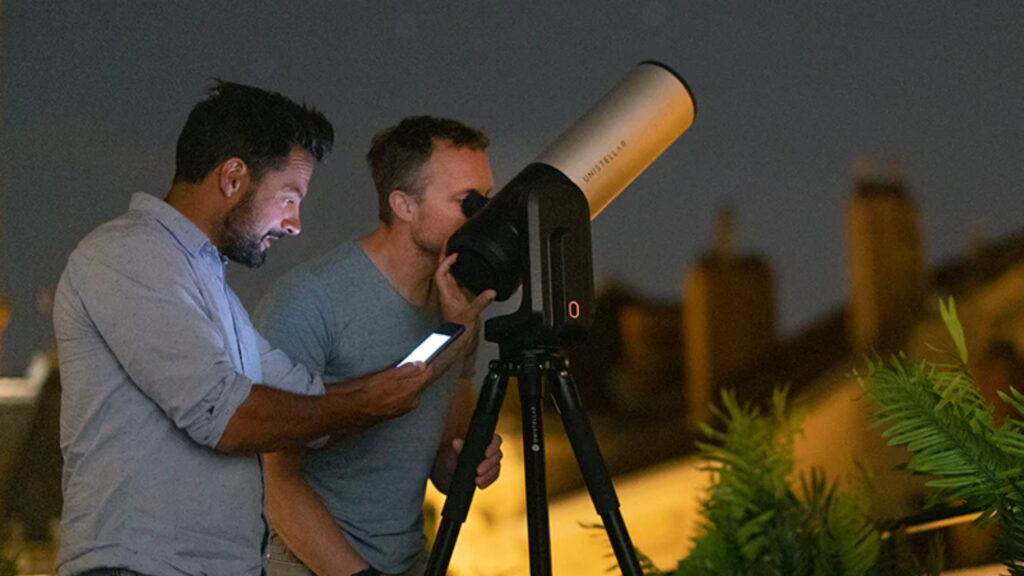
[Deal du jour] Il existe de nombreux télescopes pour observer les étoiles, mais souvent à des prix élevés. La marque française Unistellar propose actuellement une réduction sur plusieurs de ces modèles.
Read more of this story at Slashdot.

Plusieurs dizaines de milliers de kilomètres au-dessus de la constellation Starlink, d'autres satellites placés en orbite géostationnaire circulent. Moins nombreux que leurs homologues en orbite basse, ils sont tout de même au cœur d'une bataille économique mondiale qui semble perdue.

Le 4e vol de la fusée Starship a permis de marquer deux grandes avancées, pour chaque étage du lanceur. Il a aussi été l'occasion de fournir de nouvelles images sensationnelles de l'engin de SpaceX.
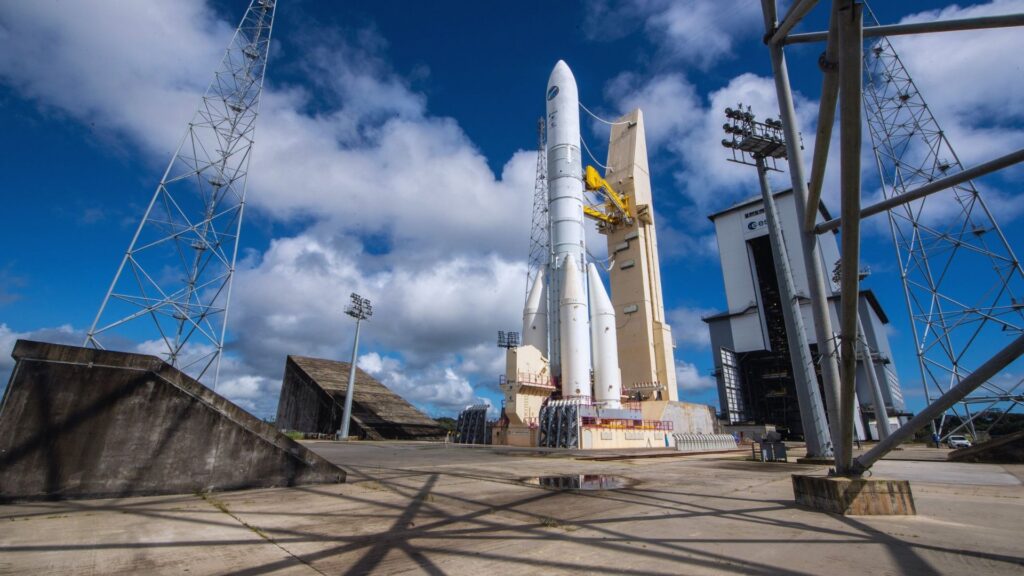
L'Europe va avoir une nouvelle fusée opérationnelle à l'été 2024 : Ariane 6. Le lanceur remplacera tout à la fois Ariane 5 et Soyouz. Elle est déterminante pour les ambitions spatiales du Vieux Continent.
Read more of this story at Slashdot.

Deux grandes avancées ont été obtenues avec le Starship ce 6 juin 2024. Le premier étage Super Heavy a pu amerrir convenablement dans le golfe du Mexique. Quant à l'étage supérieur, il a survécu à la rentrée atmosphérique et à finir sa course dans l'océan Indien.

Le quatrième vol d'essai du Starship a permis à SpaceX de boucler une nouvelle avancée : faire revenir de façon maîtrisée le premier étage de sa fusée géante dans l'océan.

Elon Musk est connu pour ses prédictions beaucoup trop optimistes et très souvent mensongères. Un site a décidé de s'attaquer au « charlatanisme » du milliardaire en recensant toutes les paroles en l'air du patron de Tesla et de Twitter.
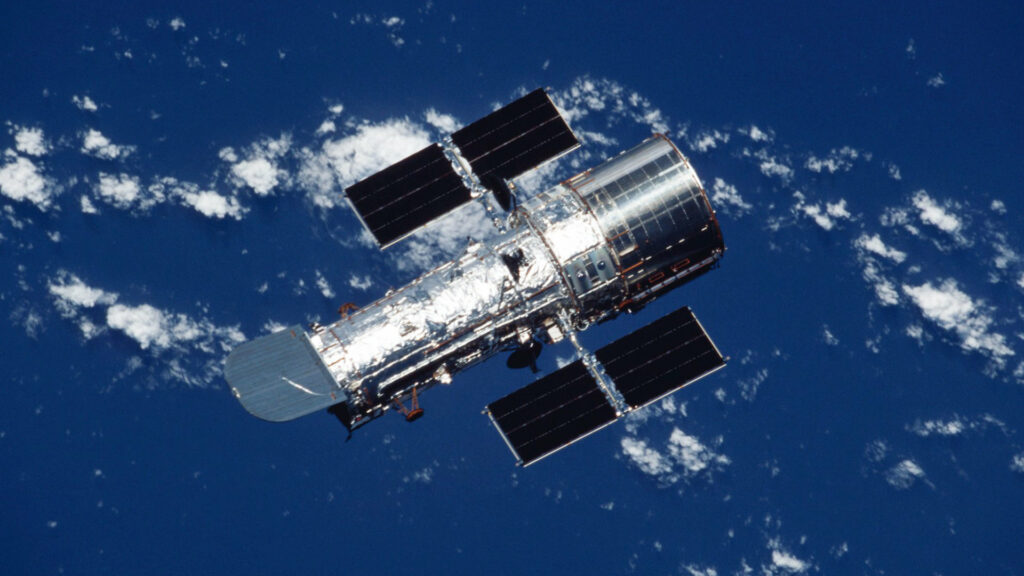
Pour assurer le futur du télescope spatial Hubble, l'agence spatiale américaine a validé un nouveau plan de fonctionnement. Désormais, l'engin ne comptera que sur un seul gyroscope. Le second encore fonctionnel sera gardé en réserve.
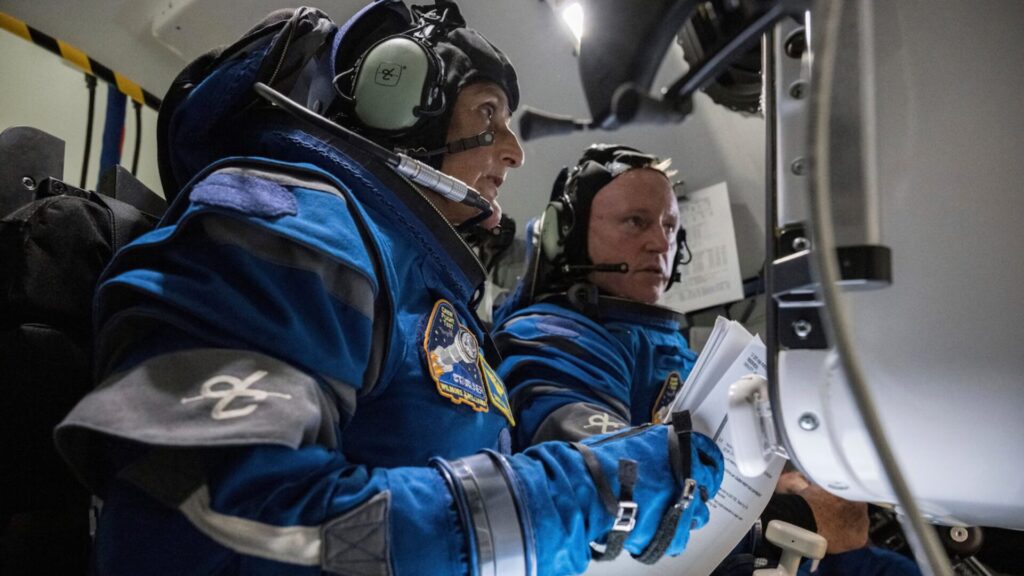
Le vaisseau Starliner de Boeing a rencontré deux autres fuites d'hélium durant son vol, en plus de celle déjà détectée avant le décollage. La capsule est néanmoins parvenue à s'amarrer à bord de la Station spatiale internationale.

C'est au début du mois de juin que SpaceX prévoit de faire décoller pour la quatrième fois son immense fusée Starship. Le décollage est attendu précisément le 6 juin 2024. Sur le papier, le lanceur doit réussir son décollage et son retour contrôlé sur Terre. De son côté, le vaisseau spatial doit finir sa course dans l'océan Indien.
Read more of this story at Slashdot.
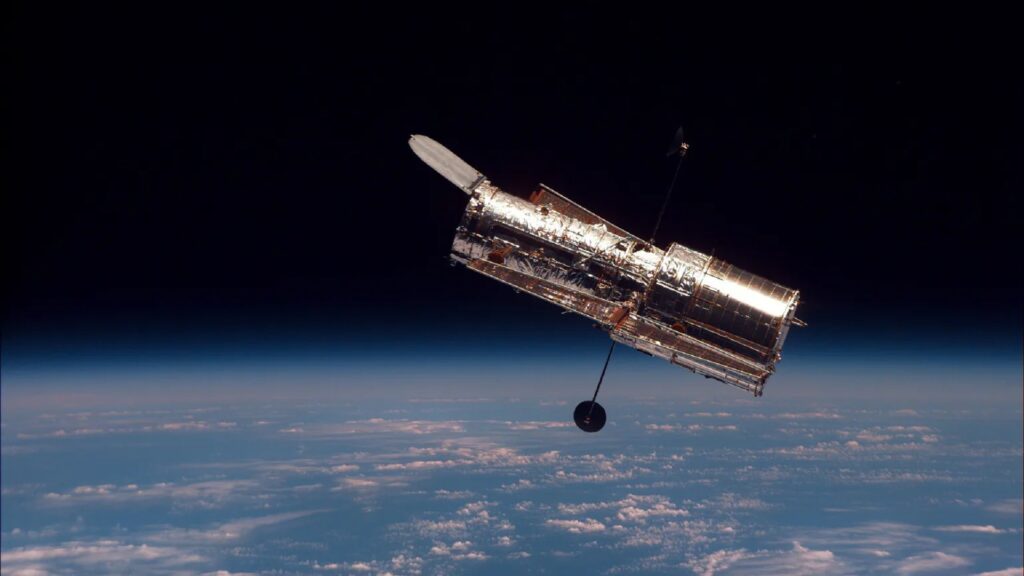
Le télescope spatial Hubble a atteint un âge très honorable. S'il est toujours actif, des dysfonctionnements sont régulièrement rapportés. Il y en a eu un de plus fin mai. La Nasa est sur le coup pour rétablir l'observatoire. La science, en attendant, est en pause.

Le programme spatial chinois est à l'aube d'une réussite historique. Après un alunissage sur la face cachée de la Lune avec la mission Chang'e 6, un exploit déjà réalisé avec Chang'e 4, le pays s'apprête à procéder à un retour d'échantillons de ce côté de la Lune. Ce sera alors inédit.

La crédibilité de Boeing est en jeu avec ses difficultés dans les avions, mais aussi dans le spatial. Pour la énième fois, l'entreprise américaine a dû renoncer au vol de sa capsule Starliner lors d'une mission habitée vers l'ISS. Un nouveau tir est attendu le 5 juin.